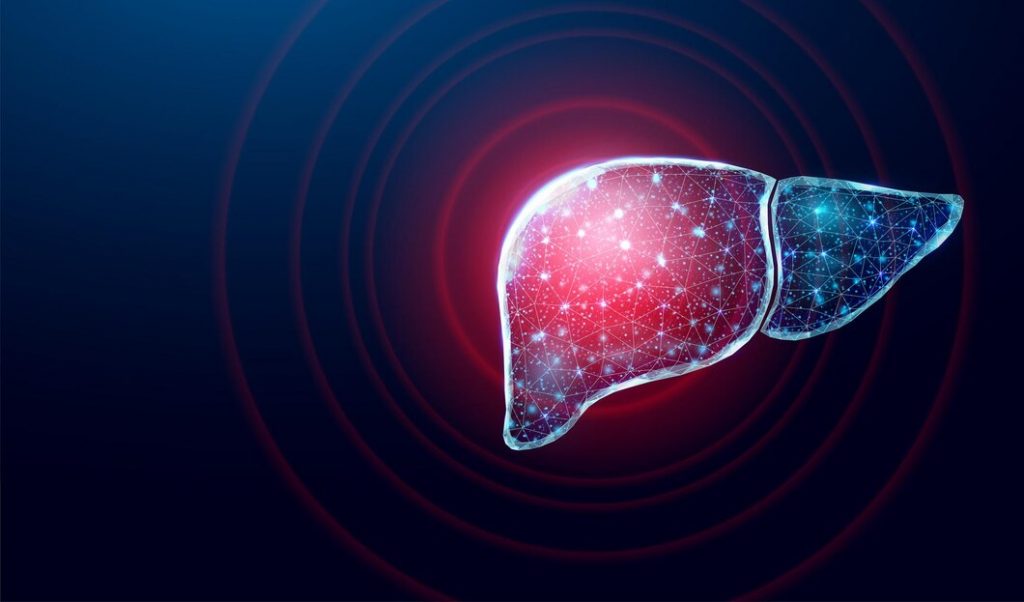Medical Gastroenterology plays a pivotal role in a hospital setting, focusing on the diagnosis and treatment of disorders affecting the digestive system. Gastroenterologists, specialized physicians in this field, utilize advanced medical technologies and procedures to investigate and manage a wide range of conditions such as irritable bowel syndrome, inflammatory bowel disease, liver diseases, and gastrointestinal cancers. In a hospital’s Gastroenterology department, patients receive comprehensive care, including endoscopic procedures like colonoscopies and gastroscopies, enabling accurate diagnoses and therapeutic interventions. The multidisciplinary nature of Medical Gastroenterology involves collaboration with other medical specialties, such as surgery, radiology, and nutrition, to ensure a holistic approach to patient care. With a focus on both prevention and treatment, Medical Gastroenterology in a hospital setting contributes significantly to improving patients’ digestive health and overall well-being.

Upper GI Procedures
Upper gastrointestinal (GI) endoscopy is a procedure that helps view the interior lining of the esophagus, stomach, and the first part of the small intestine through a thin, flexible viewing instrument called an endoscope.
Colonoscopy
A colonoscopy is a procedure that helps to locate ulcers, colonic polyps, tumors, and areas of inflammation or bleeding. A colonoscopy can be also used as a screening test to test for cancer or precancerous growths in the colon or the rectum.
Pancreatography (ERCP)
An ERCP is a minimally invasive procedure mainly used for therapeutic solutions of stones, stricture, and malignancies involving pancreatic and biliary tracts.
Capsule Endoscopy
Capsule Endoscopy is a non-invasive method to diagnose lesions in the small intestine, where the patient has to swallow a capsule that will take 150000 pictures within 8 hours.

Single Balloon Enteroscopy
Single Balloon Enteroscopy procedure is used for the detection and treatment of lesions in the small intestine.
Endoscopic Ultrasound
Endoscopic Ultrasound is carried out for diagnosis and identification of the extent of spread of tumors and to biopsy deep-seated lesions.
Nasal Gastroscope
A nasal Gastroscope is a procedure to look at the nasal and sinus passages. It is done without gagging or any other discomfort.
Narrow Band Imaging (NBI)
Narrow-band imaging is an advanced imaging system that applies optic digital methods to enhance endoscopic images. It provides the opportunity to visualize the epithelium and vascular lesions clearly and will help to identify early cancer of the esophagus, stomach, and intestine.
High-Resolution Manometry & Impedance pH metry
The procedures are used for the treatment of motility disorders and gastroesophageal reflux disease respectively.
Breath Test
Breath Test helps to diagnose various gastrointestinal disease with simple hydrogen breath testing.
Metallic Stenting
Metallic Stenting is used for palliative treatment of advanced gastro- intestinal, biliary & pancreatic malignancies.
ESOPHAGEAL DISORDERS
ENDOSCOPIC PROCEDURES
GASTROINTESTINAL DISORDERS
SERVICES
PANCREATICOBILIARY DISEASES
LIVER DISORDERS
THERAPEUTIC ENDOSCOPIC PROCEDURES